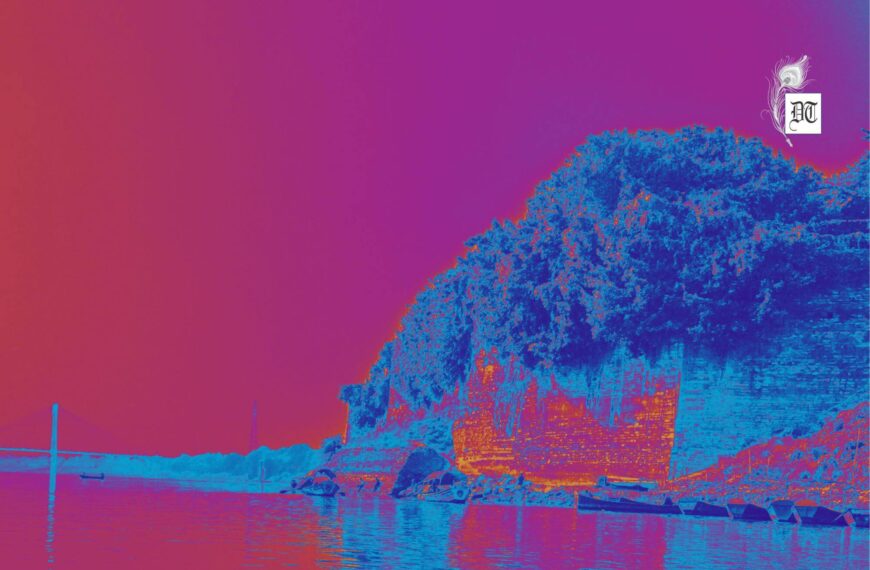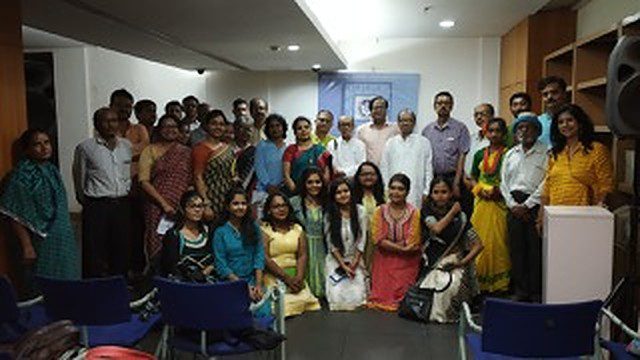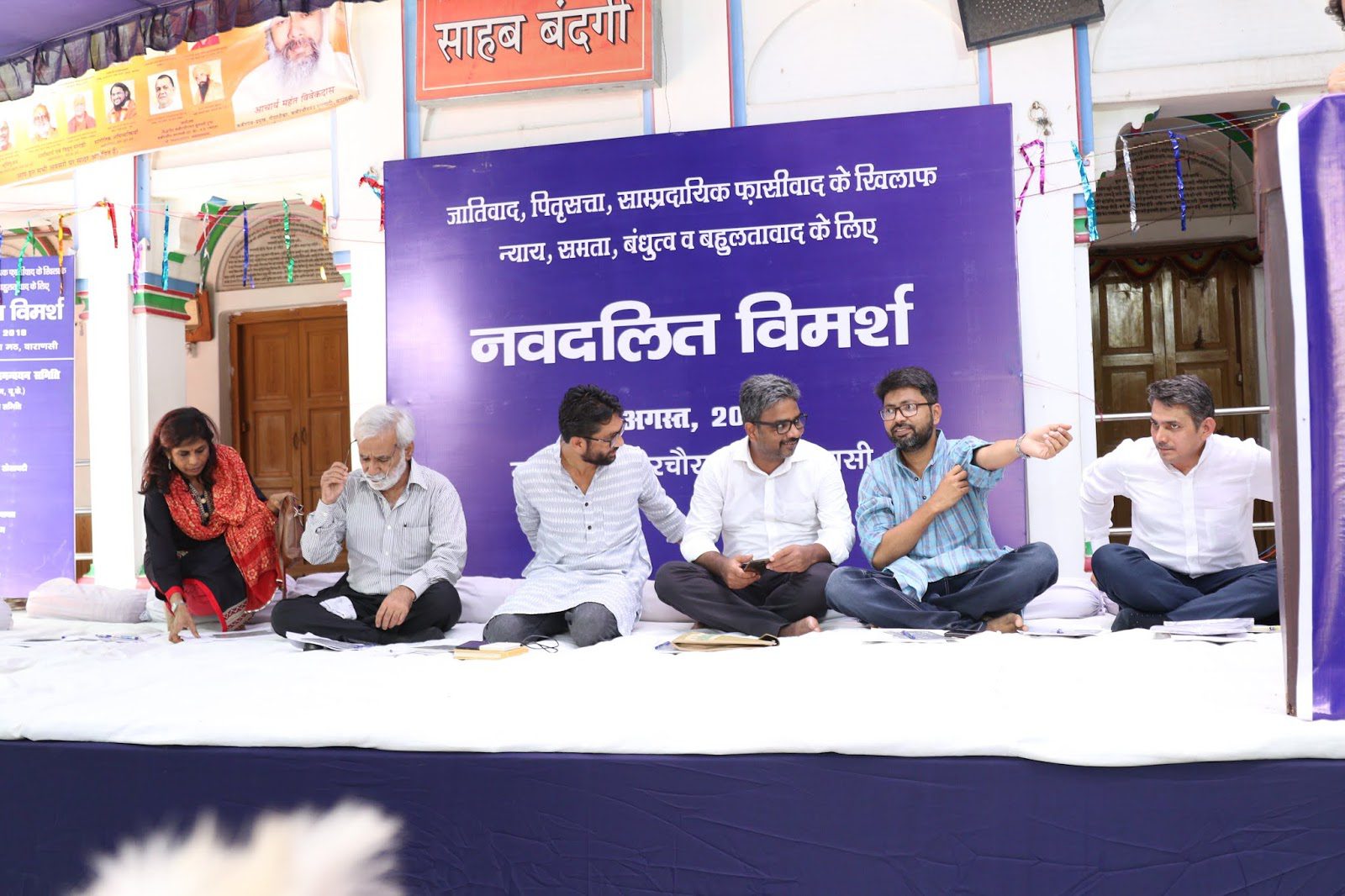Sangita is in India under the youth exchange programme. She visited villages of Dalit and Musahar to report on the squalor, poverty and sufferings of the people living in the margins of the society.
There is a village Puwari Khurd where most of the inhabitants are from Musahar, Chamar and Dalit communities. There is a tiny hovel, like most others around it, where one has to almost crawl to enter.
 Within that hovel there was something similar to stone – I could not make out in the darkness within – but on the outside, it was a clay structure. Some other huts were covered with rags and plastics. Seeing such squalor, my mind was vacant, but my eyes were curious.
Within that hovel there was something similar to stone – I could not make out in the darkness within – but on the outside, it was a clay structure. Some other huts were covered with rags and plastics. Seeing such squalor, my mind was vacant, but my eyes were curious.
We were about 12 miles away from Varanasi. We went to meet these communities chaperoned by a social worker Pratima. I was curious about the immense hardships of the villagers who lived in these huts. I wondered how many people had to squeeze in each small hut. I looked inside these huts. Worn mattresses were strewn on the floor and piles of old clothes lay on it. These were one-room huts.
All family members, from grandparents to grandchildren, slept together. It was a culture shock for me. How could they imagine sleeping separately; how could they wish for a little private space. They had nothing except that impoverished shelter. There was no water supply for them to drink or grow some vegetables. In the absence of work and employment opportunities, all the people there were struggling for their daily subsistence.
Some women earned very little selling tapari (leaf plates), as a women .Other people from the Musahar community had to go far away to work in the brick kilns. Because of this, they could not send their children to schools. Instead, the children tug along with their parents and go to work places in distant homes as household helps.
I could easily infer that the vice grip of poverty was severe and had, in fact, increased.
I was shattered to learn a terrible fact. Poverty and squalor forced them to take debts. When these poor people took a paltry loan from a moneylender, they had to work for nine months, without any payments, to pay off the debts. Many teenage girls and women were exploited sexually, without impunity. There was no escape for them from those dark, sinful and shameful lives. They could not muster courage to protest. They found it impossible to lodge an FIR against the perpetrator of crime. Instead, they were forced to greater trouble and hardships. Women were insulted and abused sexually. Crime was on the rise.
When we went to Nanari Chamari, Nat Basti and Poowari Khurd village, we saw there was no toilet. They relieved themselves in open spaces. They said there was security threat for women or girls there. But, in this village the water was not potable. They didn’t have proper homes to live and there were no schools. They had no access to even basic medical facilities. There was nothing for their basic needs.
In this situation, PVCHR’s social activists, Pratima Pandey, Brijesh Kumar and Suvas Prasad worked to  ameliorate the quality of lives. They were working in the area of community health issues. They visited their houses daily and informed them about sanitation, hygiene, nutritious food, quality life as well as the importance of education. They also provided information on breastfeeding, nutritious food, hygiene and regular checkups for pregnant women.
ameliorate the quality of lives. They were working in the area of community health issues. They visited their houses daily and informed them about sanitation, hygiene, nutritious food, quality life as well as the importance of education. They also provided information on breastfeeding, nutritious food, hygiene and regular checkups for pregnant women.
In these communities, they found out that a number of children were suffering from malnutrition and took them to government health centers. The Indian government has a scheme to provide a thousand rupees to those suffering from malnutrition. Social activist followed-up with these families to monitor if they brought nutritious food with them.
It was a great learning experience for me to visit these places. I saw grim poverty, sufferings, injustices and many other problems that the poor face, be it India or in my country, Nepal.
Text and Pix by Author



 By
By

